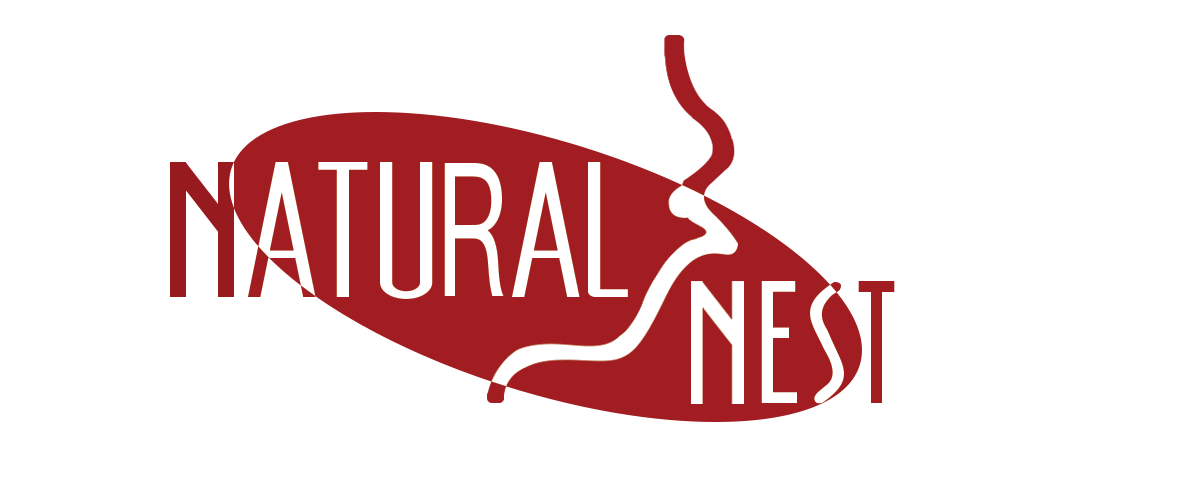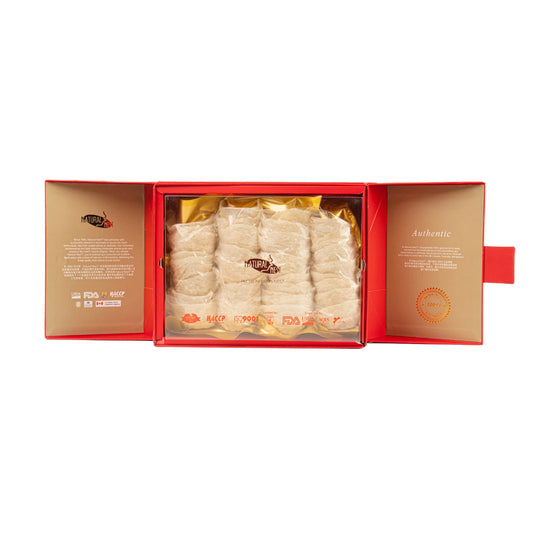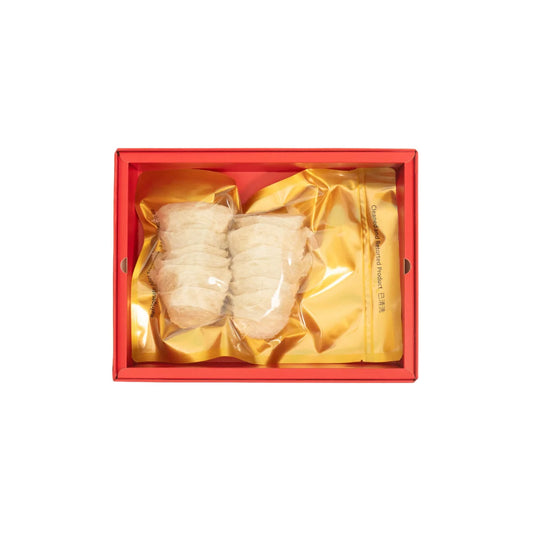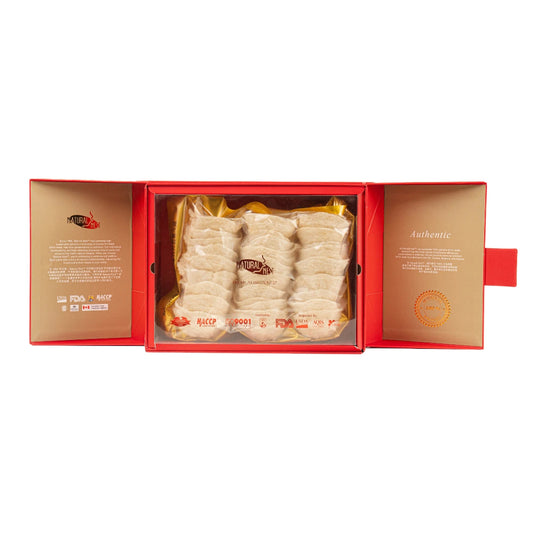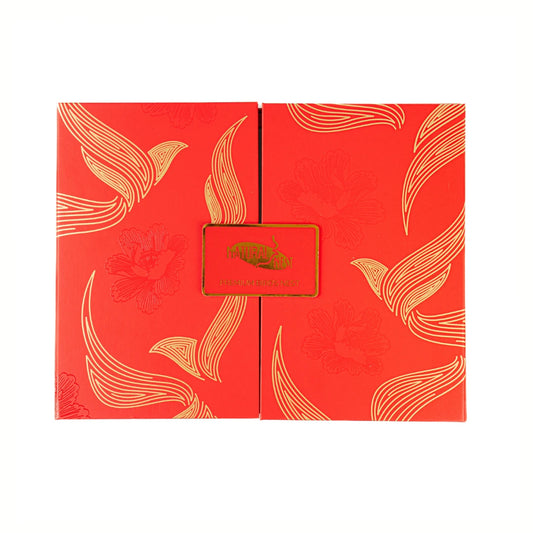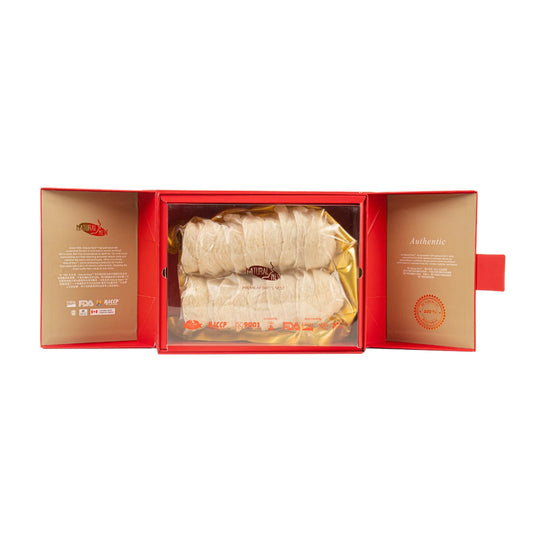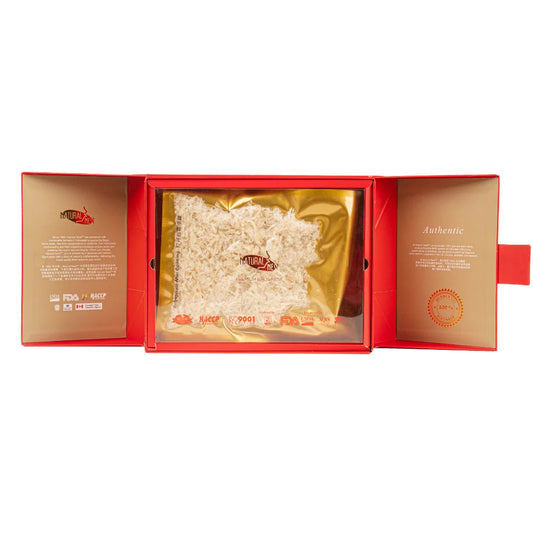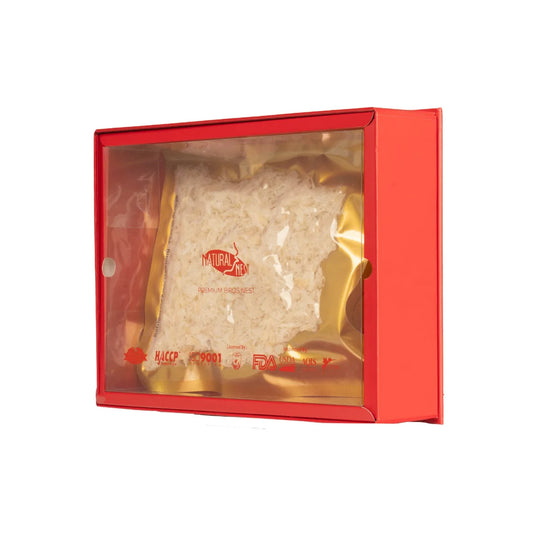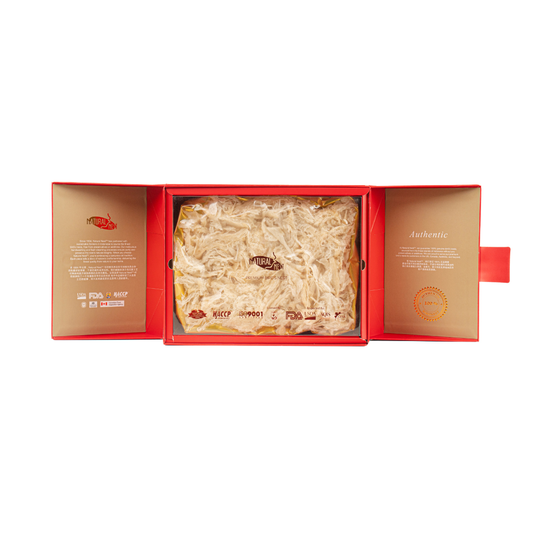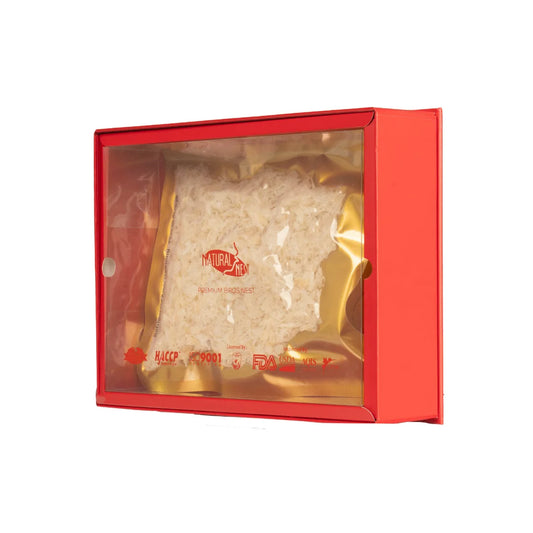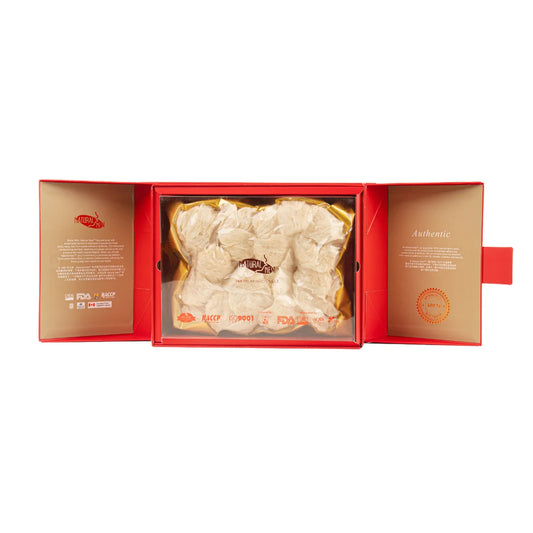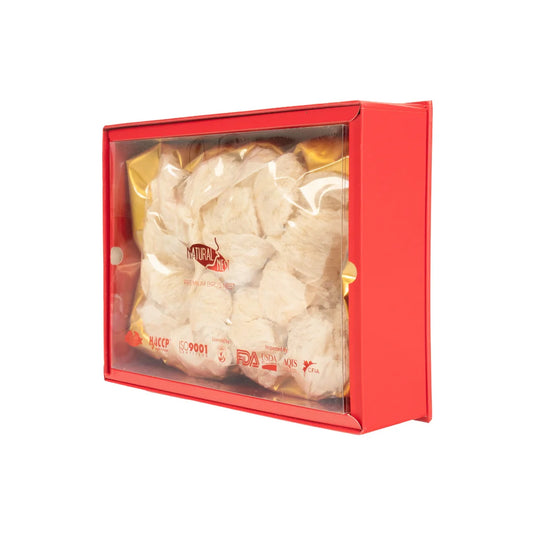Inflammation is the body’s natural response to injury or infection, but when chronic, it can weaken the immune system and lead to a range of health issues. Edible bird nests, long used in traditional medicine, offer powerful anti-inflammatory benefits that can help regulate this response and strengthen the immune system.
The Inflammation-Immunity Link
Chronic inflammation is closely linked to a compromised immune system. When inflammation lingers, it can impair immune function, making the body more susceptible to infections and illnesses. Edible bird nests contain bioactive compounds, including glycoproteins and amino acids, that have been shown to reduce inflammatory responses. By regulating inflammation, bird nests help prevent the immune system from becoming overstimulated, allowing it to fight infections more effectively.
Anti-Inflammatory Compounds in Bird Nests
One of the key anti-inflammatory agents in edible bird nests is its high content of sialic acid, a naturally occurring compound found in the saliva of swiftlets. Sialic acid has been shown to reduce the production of pro-inflammatory cytokines in the body, which are proteins involved in the inflammatory process. By modulating cytokine levels, edible bird nests help prevent excessive inflammation that can weaken the immune system.
Supporting Immune Cell Function
In addition to its anti-inflammatory properties, edible bird nests also enhance the function of immune cells. The amino acids in the nests, such as arginine and glutamine, support the production of white blood cells, which are essential for fighting off pathogens. By nourishing these cells and promoting their activity, bird nests strengthen the immune response, enabling the body to better protect itself from infections.
Tissue Repair and Regeneration
Another way edible bird nests support the immune system is by promoting tissue repair and regeneration. The Epidermal Growth Factor (EGF) found in bird nests stimulates cell growth and repair, particularly in the skin, lungs, and digestive system. This regenerative process helps maintain
